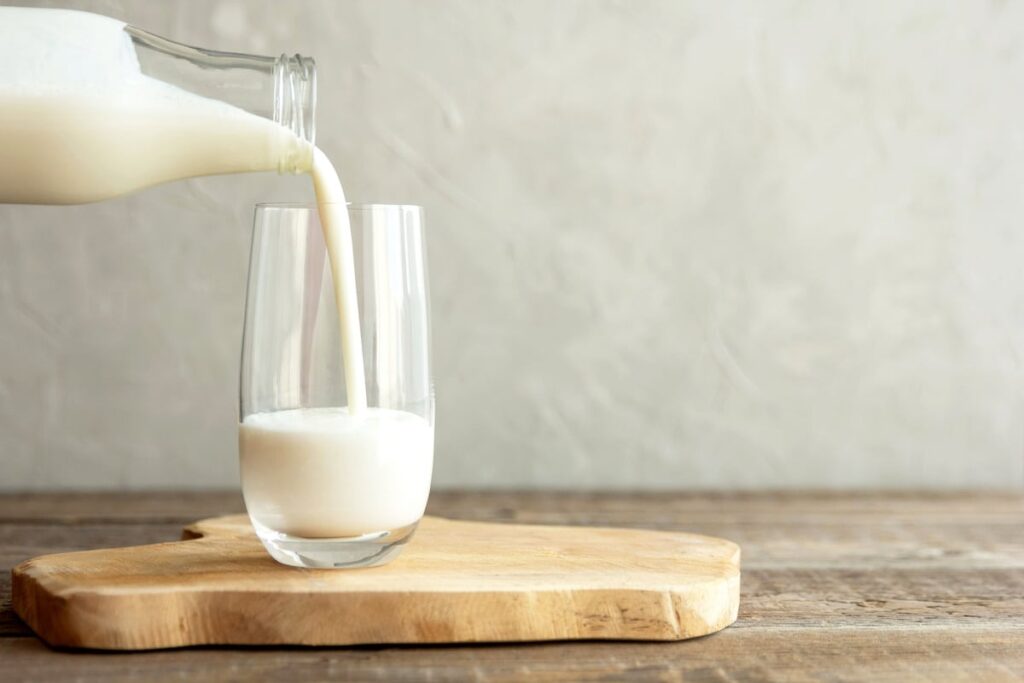Researchers at the University of New South Wales (UNSW) School of Computer Science and Engineering have developed a smartphone sensor that can detect whether milk is fresh or spoiled.
Dubbed VibMilk, the technology uses a smartphone’s vibration motor and an inertial measurement unit (IMU) to assess the freshness of milk without opening the package.
The Food and Agriculture Organization of the United Nations estimates that 20% of dairy products are wasted around the world each year, much of which is made up of wasted milk.
Additionally, many food poisonings are associated with the consumption of spoiled dairy products.
VibMilk has the potential to reduce food waste and improve food safety by being able to detect whether milk is safe for consumption in real time using devices that many people already own There is.
UNSW Computer Science and Engineering Professor Wen Hu leads the technology team.
“If there’s no milk in it, you can smell and taste it, but to do that you have to open the package, which exposes you to bacteria and accelerates spoilage. VibMilk is non-invasive So you can test the freshness of milk without opening the seal,” he says.
A new technology detects spoiled milk by measuring changes caused by bacterial growth. When milk spoils, bacteria raise lactic acid levels, lower glucose levels, and change physical properties such as density and viscosity.
VibMilk uses a smartphone’s IMU sensor to capture vibration signals from the motor and applies machine learning algorithms to analyze these signals and classify milk spoilage at 23 different pH levels.
Testing on four popular smartphones showed that VibMilk was able to predict the pH value of milk with an average accuracy of 98.35%, and reached 100% accuracy in indicating fresh milk.
According to Professor Hu, the expiry date on milk packages is not always accurate. He said these dates are based on assumptions about storage conditions, and milk may be safe to consume past the date if stored properly, otherwise it may spoil more quickly. Explain that it means that there is.
He believes consumers should be able to test milk near or past the use-by date to make informed choices, which could lead to less waste. .
To advance the technology, the team plans to investigate how different packaging materials affect vibration signals. Although their current methods are promising, they cannot guarantee consistent results with other manufacturers’ products.
Therefore, we aim to collaborate with more companies before widespread adoption. Additionally, they are working with milk producers in New South Wales to develop a reliable method to test the quality of thousands of bottles during production.
This factory setup uses more advanced non-invasive sensors to measure the pH value of milk before it reaches the store.


